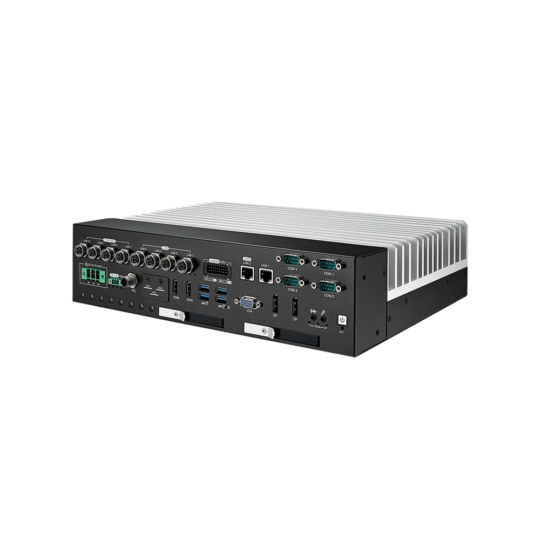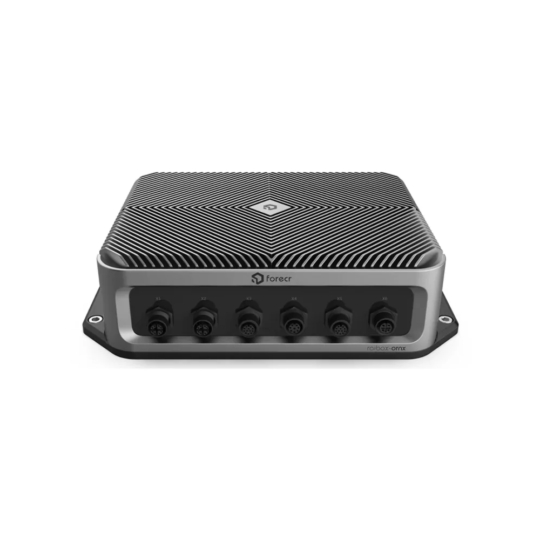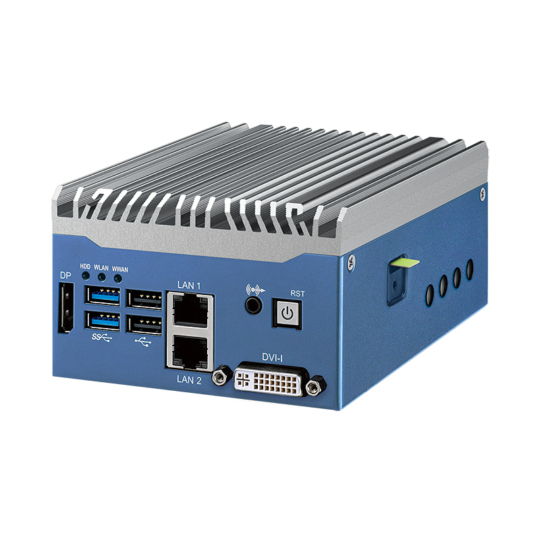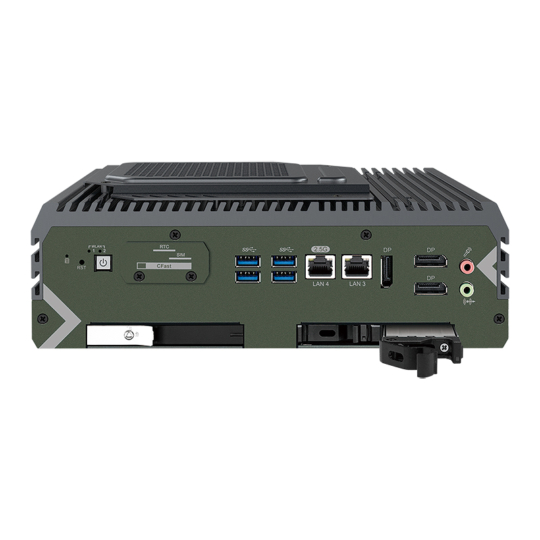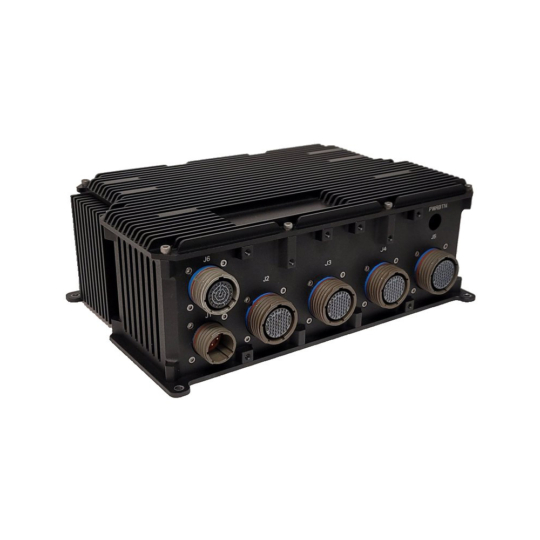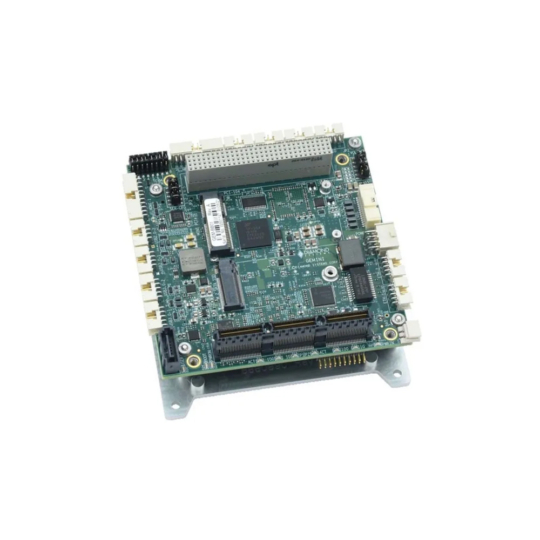Rugged Embedded Computers vs Industrial Counterparts
In the context of deploying computing solutions at the edge, the choice between an industrial embedded computer and a rugged embedded computer is crucial. As organizations adopt edge computing to improve efficiency, analyze data quickly, and support critical tasks, deciding between these two options becomes a key factor in the success of the deployment. It’s important to balance the needs of the deployment environment, operational requirements, and the reliability of the technology chosen to ensure that edge computing functions smoothly and without interruptions.
Industrial embedded computers and rugged embedded computers have different strengths, suited for specific uses and deployment situations. Industrial embedded computers work well in controlled industrial settings, fitting in with existing processes and systems. On the other hand, rugged embedded computers are built to withstand tough conditions, making them ideal for in-vehicle, military, or outdoor field applications where the environment can be challenging.
This evaluation of the choice between these two types of computers involves considering factors like how tough they are, how they connect to other devices, how powerful they are, how much they cost, and what the deployment goals are. By carefully thinking about and aligning these factors with the needs of the edge deployment, organizations can make a decision that ensures reliability, performance, and successful implementation of their edge computing efforts.
It can be stated that every rugged embedded system is industrial, however, the reverse is not always true – not every industrial embedded system is rugged. The distinction between the two lies in the fact that rugged embedded systems possess extra design characteristics that enhance their reliability and functionality in extremely severe conditions.
Our technical engineers examine some of these characteristics that empower rugged computers to endure harsher conditions than their industrial counterparts. Things Embedded offer a complete portfolio of both industrial and rugged computers for embedded applications and can make recommendations for demanding edge applications.
Types of Rugged Embedded PC Available From Things Embedded
Integrating An Industrial or Rugged Embedded Computer At The Edge
When choosing an industrial or rugged embedded computer for your specific application, it is crucial to have a comprehensive understanding of the performance requirements and the operating environment in which the computer will be utilized. This understanding will enable you to make an informed decision and select a computer that is best suited to meet your needs and avoid failures in deployment.
First and foremost, it is essential to assess the performance requirements of your application. Consider the specific tasks and functions that the computer will need to perform. This includes evaluating the processing power, memory capacity, and storage capabilities required to handle the workload efficiently. Understanding these performance requirements will help you determine the necessary specifications and ensure that the computer can handle the demands of your application without any performance bottlenecks. Learn how performance can affect embedded system reliability.
You should take into account the rugged embedded PC system connectivity features and expansion potential. Determine the quantity and variety of ports needed to link peripheral equipment and devices essential for your use. Furthermore, examine the expansion slots and their compatibility with potential future upgrades or improvements that might be needed. A wide range of industrial embedded computers provide PCIe expansion for integrating specific I/O or onboard GPUs. To prevent loose connection, ruggedized embedded computers are available with locking I/O and innovative GPU brackets to prevent connections becoming loose. Learn about the benefits of locking M12 circular connectors in harsh environments.
Equally important is considering the operating environment in which the edge computer will be deployed. Edge computing can be subject to harsh conditions such as extreme temperatures, humidity, dust, and vibrations. Therefore, it is crucial to evaluate the environmental factors that the embedded computer will be exposed to. This includes determining the temperature range, humidity levels, and any potential exposure to water, chemicals, or other hazardous substances. By understanding the operating environment, you can select a computer that is built to withstand these conditions and ensure reliable operation. Industrial embedded computers typically provide fanless support with wider operating temperatures for factory installations, their rugged embedded computer counterparts provide extended operating temperature support from -40C to +85C with reliable operation. Furthermore, a rugged embedded computer can provide waterproof protection for outdoor deployment. Learn about the different levels of Ingress protection available for our embedded systems.
A rugged embedded computer enhances vibration resistance by providing a more rigid design to resist bending and endure even severe impact forces. Utilising a solid state design, rugged computers are engineered to safeguard the most frequent failure spots when subjected to impact forces and vibration. Our selection of rugged embedded computers undergo stringent testing to confirm their ability to endure the practical demands of edge computing applications. Frequently, you’ll notice that one of their primary features is compliance with MIL-STD 810G, a U.S. Military Standard ensuring equipment is field-ready.
Additionally, it is important to consider the physical form factor and mounting options of the computer. Assessing the available space and the mounting requirements of your application will help you choose a computer that can be seamlessly integrated into your existing setup. Various mounting brackets are available to assist with a reliable installation, where wall-mounting and DIN-mounting is preferable in industrial settings, rugged embedded computers often come equipped with dampening brackets to assist in combatting shock and vibration.
Lastly, it is crucial to consider the long-term support and reliability of the computer. Embedded PCs for rugged edge computing are often used in critical applications where downtime can have severe consequences. Therefore, it is essential to choose a reputable rugged embedded solution supplier that offers reliable technical support, warranty coverage, and a proven track record of delivering high-quality products.
Want Help Sourcing A Rugged Embedded Computing Solution?
Tell us about your application and a member of our team will get right back to you.

